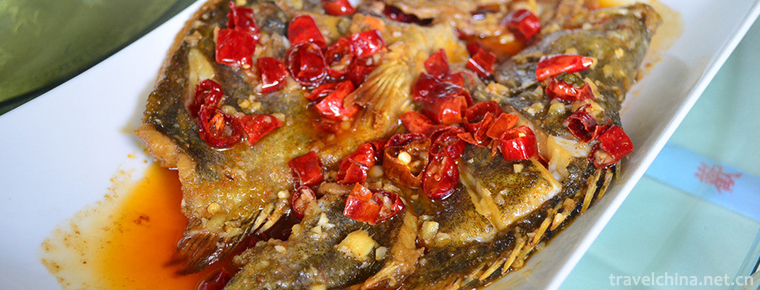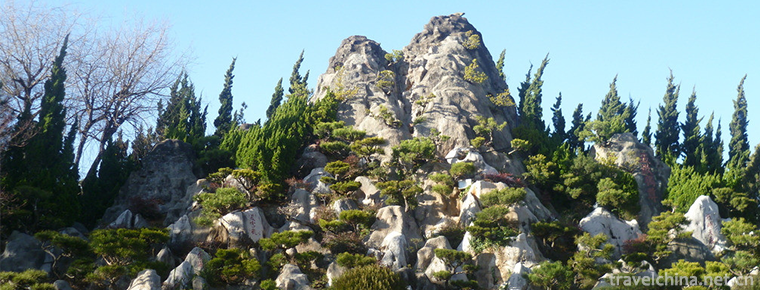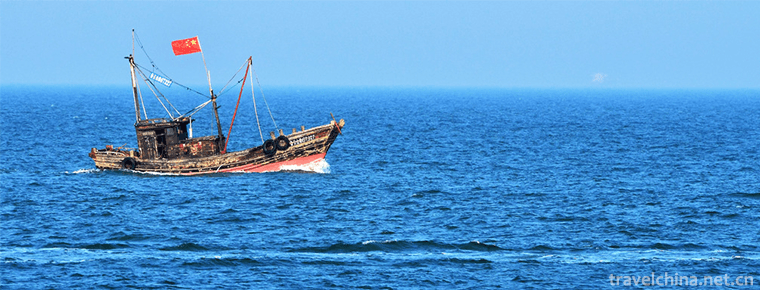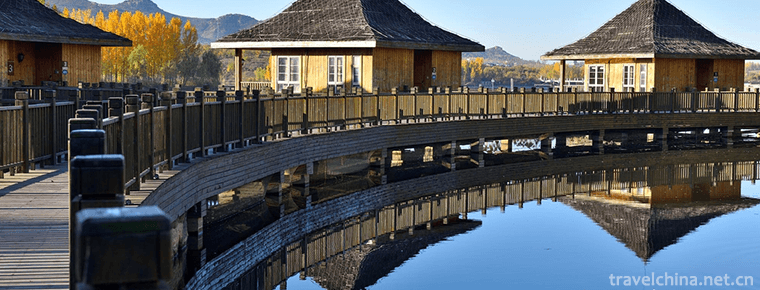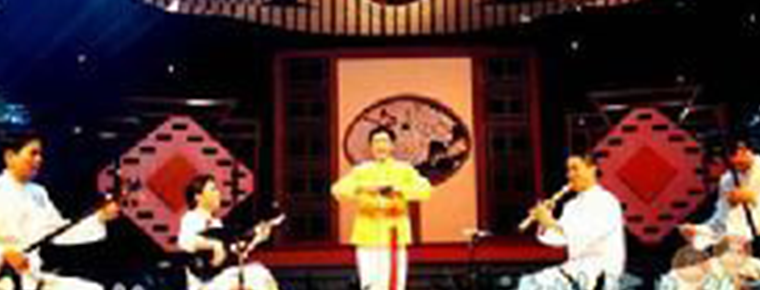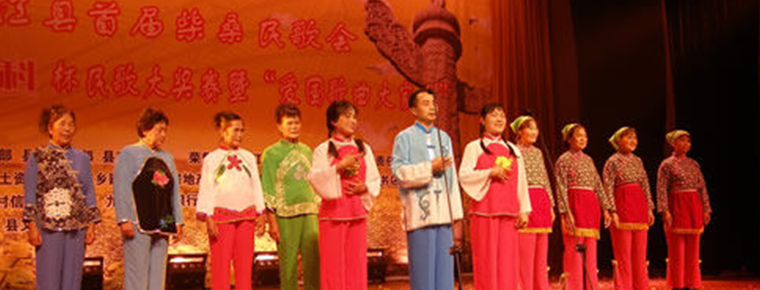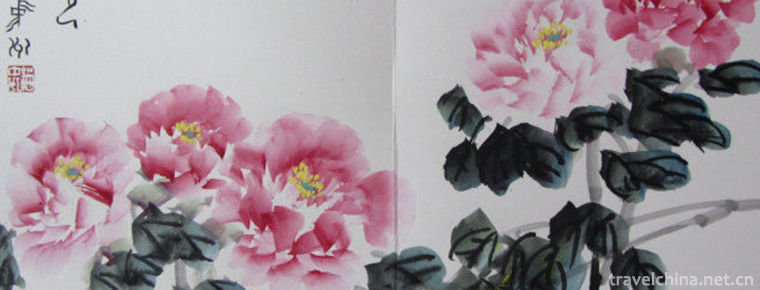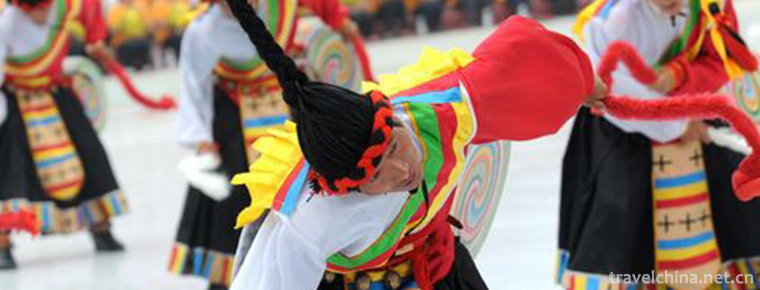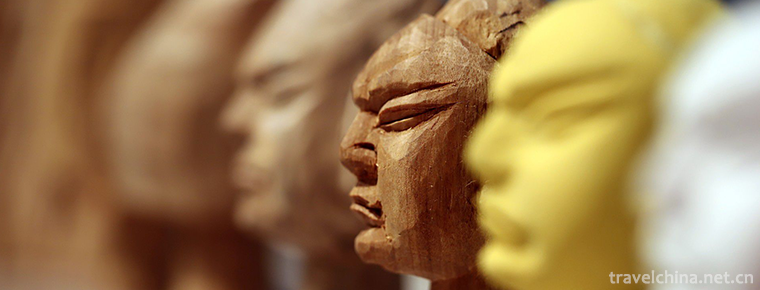Spring Festival
Spring Festival
The Spring Festival, the Lunar New Year, is the first year of the year and also the traditional "New Year's Day". Commonly known as New Year, Spring Festival has a long history, which evolved from the first year of prayer in ancient times. Everything is based on heaven, people are based on ancestors, pray for the New Year, worship the heavens and worship the ancestors, the newspaper is also the beginning. The origin of the Spring Festival contains profound cultural connotations and bears rich historical and cultural implications in its inheritance and development. During the Spring Festival, various celebrations in the Spring Festival were held throughout the country, and the atmosphere was full of joyful and joyful activities. These activities were mainly composed of old and new cloth, welcome to the jubilee, worship the gods and worship the ancestors, and pray for the harvest year.
In ancient folklore, people began the "busy year" at the end of the twenty-third or twenty-fourth year of the year, and the New Year did not end until the nineteenth day of the first month. In modern times, people set the Spring Festival on the first day of the first lunar month, but it usually ends at least on the fifteenth day of the first lunar month (Lantern Festival). The Spring Festival is a festival of joy and peace, gathering of relatives and friends, and a bond to deepen people's feelings. Festival exchanges and greetings convey family ethics among relatives and friends in the countryside, which is an important meaning to maintain the development of the Spring Festival.
The Spring Festival is the most solemn traditional festival of the Chinese nation. It not only embodies the Chinese nation's ideological beliefs, ideals, aspirations, life, entertainment and cultural psychology, but also is a carnival display of prayers, food and entertainment activities. Influenced by Chinese culture, some countries and regions in the world also have the custom of celebrating the Spring Festival. According to incomplete statistics, nearly 20 countries and regions have designated Chinese Spring Festival as a statutory holiday for the whole or some cities under their jurisdiction. The Spring Festival and the Qingming Festival, the Dragon Boat Festival and the Mid-Autumn Festival are also known as the four traditional festivals in China. Folk customs of the Spring Festival have been approved by the State Council and listed in the first batch of national intangible cultural heritage lists.
Origin of festivals
According to the research results of modern anthropology and archaeology, there are two most primitive beliefs of mankind: one is the belief in heaven and earth, the other is the belief in ancestors. The origin of ancient traditional festivals is related to ancient primitive beliefs, sacrificial culture, celestial phenomena, calendar and other human and natural cultural contents. Most of the ancient traditional festivals were formed in the activities of the ancients who sacrificed on auspicious days to thank the gods of heaven and earth and their ancestors for their kindness. The early festival culture reflects the humanistic spirit of the ancients'worship of nature, the unity of heaven and man, cautious pursuit of the end, and firm thinking of the origin; a series of sacrificial activities contain profound cultural connotations of respect, moral feeling and ritual and music civilization.
The concept of "age" comes from the ancient calendar, "Pangu Wang Biao" and "Three Minds Tong Hui" and so on. In the Mikado era, the term "year" was used to denote "year". Sixty-year-old Jiazi (cadre-branch chronology) is a cycle of operation, which is endless and reciprocating. "Age" means "Ti" (the original stem), also known as "Suixing" and "Tai Sui". In the process of inheritance and development, later generations simplified this multi-syllable term of the era of photography (age) into a single word, which has a comparative relationship with the simplified Ganzhi recorded in Erya and Shiji. For example, when I was too old, I photographed Tiger in Yin, I said Shanyue in Mao, I said Xu in Chen, I said Great Desolation in Silk, I said Dunhu in noon, I said Harmony in Shen, I said bad at Jiantan in Shen, I said Lung Mao in Yu, I said Dayuan dedication in Hai, I said trapped in Dun, and I said Chifen Ruo in ugliness. The ancients used the Tiangan branch as the carrier, the Tiangan branch bears the Tao of heaven and the earth, and the Tiancheng branch bears the Tao of heaven and earth; in the image of heaven, the earth forms, and the people are in good luck; therefore, the Tiangan branch is established to match the luck of heaven, earth and personnel. The combination of ten-day trunk and twelve-day trunk formed the 60-cycle epoch method. December construction and 24 solar terms are its basic contents. The stem-branch epoch begins with the "Jianyin" moon with the handle pointing to the north-east, and then rotates clockwise to begin a year's journey. Yin position is the position of the acquired Eight Diagrams, and it is the first place to meet at the end of the year, representing the end and the beginning. As the biography of Yi Shuo Gua says, "Gun, the hexagram of Northeast China, the end of all things and the beginning of all things." Ganzhi Epoch Law, the first month of Jianyin, the first year of spring, the first month of the festival.
The ancient Ganzhi calendar provided the precondition for the festival. Primitive beliefs and sacrificial culture were the important factors for the formation of the festival. Spring Festival is evolved from the first year of worship. In ancient times, people held sacrificial activities at the beginning of the new year after the end of a year's farming, offering sacrifices to the gods of heaven and earth and the grace of ancestors to pray for a good year. Although the situation of ancient sacrificial rites is uncertain, we can still find some ancient relics from the festivals of later generations. For example, in the southern part of the mountains, there is a custom of worshipping the first year of the New Year and grand activities of worshipping gods and ancestors during the New Year, which shows the clues of the first year of worship in ancient times. In the original sense, the first year of the year refers to the beginning of spring, which is one of the 24 specific seasons in the Ganzhi calendar, and reflects the change of winter and spring seasons. When the phenomenon "Dou handle points to Yin", the transformation of Yin and Yang, the rising of Yang and the rising of stuff all spring, which means that a new cycle has been opened. The formation of festivals covers human philosophy and natural law. The origin and development of the Spring Festival is a process of gradual formation, imperceptible improvement and popularization. As an important part of Chinese traditional culture, Spring Festival culture reflects the profound connotation of Chinese culture, and also records the rich and colorful cultural content of ancient people's social life.

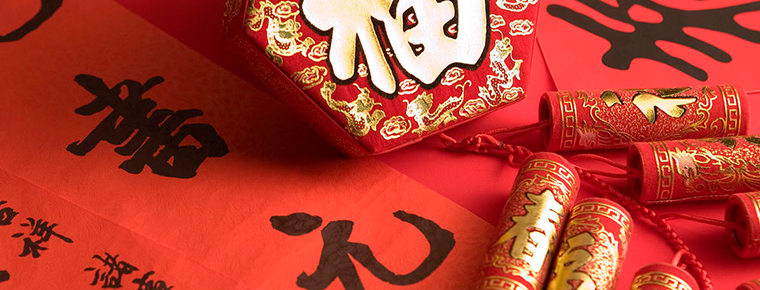
-
Stinky mandarin fishMarinate mandarin fish
Stinky eel, also known as Stinky Osmanthus, Barrel Fresh Fish, Barrel Fresh Fish, Pickled Fresh Fish, is a traditional Huizhou dish, one of the representatives of Huizhou cuisine. .
Views: 244 Time 2018-11-02 -
Kunming World Horticultural Expo Garden
Kunming World Horticulture Expo Garden (hereinafter referred to as the World Horticulture Expo Garden) is the site of the 1999 Kunming World Horticulture Expo..
Views: 238 Time 2018-12-12 -
Wanpingkou Scenic Area
Wanpingkou scenic spot is located in Rizhao, a beautiful coastal city in Shandong Province. "Tourist sunshine is bound to Wanpingkou" has become the consensus of tourists around the world.
Views: 88 Time 2018-12-17 -
Eco health Tourism Resort in Sishui Shandong Province
"Shandong Sishui Violent Eco-health Tourism Resort" is a pioneer in China, which combines superior ecological environment, long-standing health culture and modern leisure and vacation indust.
Views: 218 Time 2019-02-13 -
Brocade song
Brocade song, formerly known as Gezi or Shijin song, is also called begging tune. It was named Jinge in 1953. This is a form of singing accompanied by instrumental music. .
Views: 331 Time 2019-05-07 -
Jiujiang folk songs
Jiujiang folk song is a traditional folk song that is popular in the surrounding areas of Chengmen, Ma Huiling, Huanglao Men, Lion and Chengzi Town in Jiangzhou District, Jiujiang City.
Views: 185 Time 2019-05-08 -
Luoyang Peony Festival
The Chinese Luoyang Peony Culture Festival, formerly known as the Luoyang Peony Flower Festival, has been selected into the national intangible cultural heritage list since 1983. In November 2010, it .
Views: 108 Time 2019-05-15 -
Guozhuo Dance in Shannanchang
Shannanchang Guozhuo Dance is a kind of waist drum, which originated in Dabu (now Jiacha) area. Legend has it that in the mid-eighth century, with the help of Buddhist masters such as lotus and peanut.
Views: 163 Time 2019-06-13 -
Butter Flowers in Tar Temple
Butter flower originated from Benjiao religion in Tibet. It is a small decal on the food supply. According to traditional Indian Buddhist customs, the tributes offered to Buddhas and Bodhisattvas are .
Views: 292 Time 2019-06-17 -
Zhangzhou Puppet Head Sculpture
Zhangzhou puppet head carving is a traditional folk arts and crafts in Zhangzhou City, Fujian Province. It belongs to a special skill in the production of puppet stage props. Zhangzhou puppet head car.
Views: 125 Time 2019-07-25 -
Ganzi Zanba
"Zanba" is the Tibetan transliteration of fried noodles. It is a staple food that Tibetan people must eat every day. If you are a guest of Tibetan compatriots' homes, the host will bring you fragrant milk tea and highland barley fried noodles, golden butter and milk yellow "Qula" (casein) and sugar stacked on the table..
Views: 84 Time 2020-12-06

